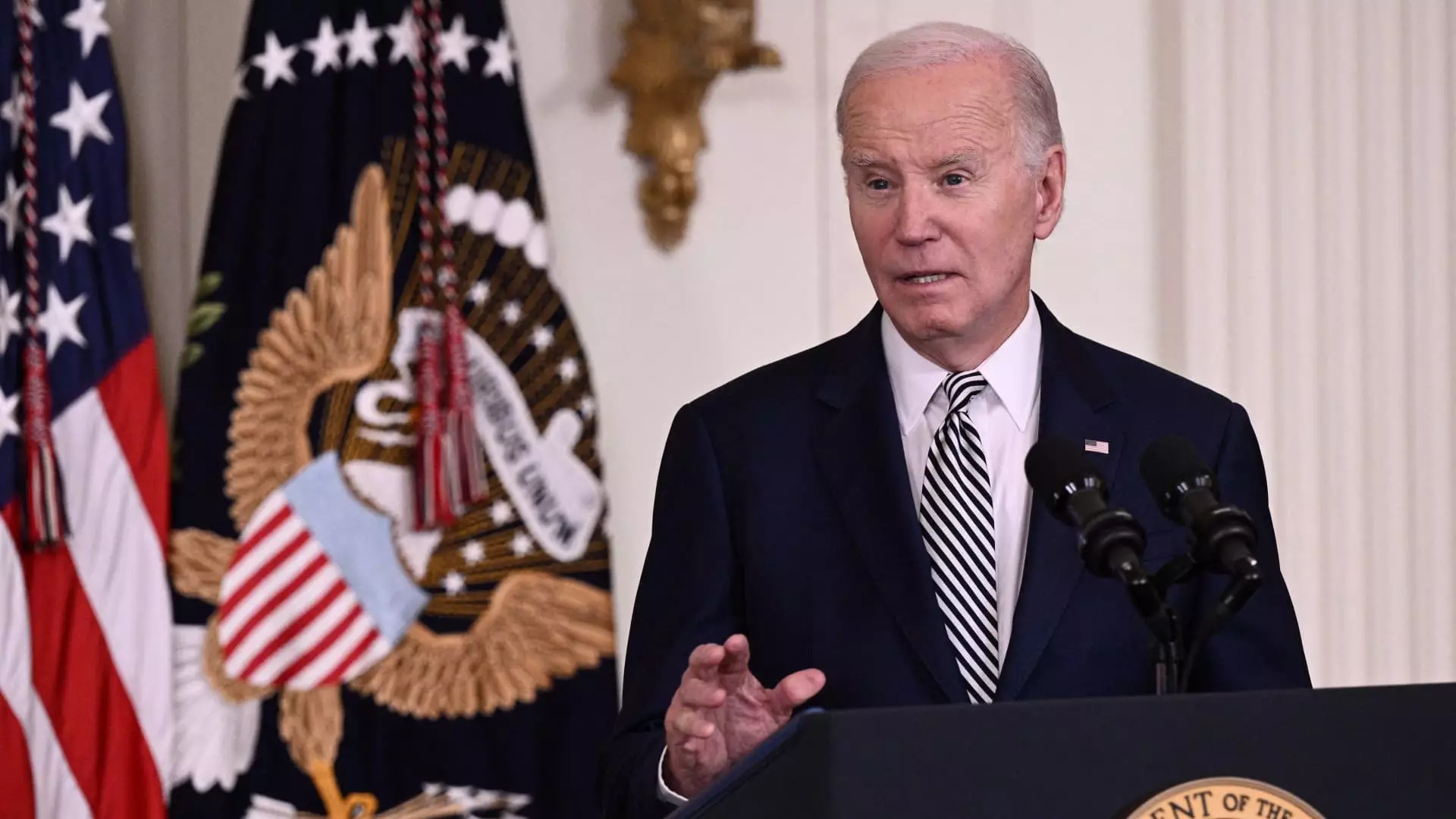The U.S. government’s latest policy initiative regarding artificial intelligence (AI) chip and technology exports signals a critical crossroads in international technology relations, particularly with China. With a focus on preserving its leadership in AI development, the Biden administration has introduced new regulations aimed at restricting exports to several nations while granting privileged access to its closest allies. This move reflects a broader strategy to maintain control over advanced technologies and combat perceived threats to national security.
On a fundamental level, the new export regulations categorize countries based on their relationships with the U.S. and the associated risks they pose in terms of technology diversion or military enhancement. Notably, the plan allows unrestricted access to U.S. AI technology for key allies such as Japan, the United Kingdom, and South Korea, while placing strict export limits on around 120 other countries like Singapore and Israel. In contrast, adversarial nations such as China, Russia, Iran, and North Korea face total bans on accessing U.S. AI chips.
By enforcing such a tiered system, the U.S. aims to manipulate the global flow of technological resources, ensuring that its strategic interests are prioritized. This reinforces the perception that the U.S. seeks to isolate China, viewing its advancements in AI as a direct threat to American supremacy not only in technology but also in military capabilities. As Commerce Secretary Gina Raimondo highlighted, securing leadership in AI development is seen as vital to national security, underscoring the stakes involved.
Reactions from industry leaders have been swift and critical. Nvidia, a major player in the development and production of AI chips, denounced the regulations as “sweeping overreach”. The company argues that the restrictions could significantly impair innovation and bottleneck access to technology that is already commercially available across various sectors, including gaming and consumer products. Similarly, Oracle expressed concerns that these rules could unintentionally empower Chinese competitors, tipping the scales in favor of nations outside U.S. control.
Such criticisms underline a tension between government policy and market competition. While national security is an ostensibly valid justification for stringent export controls, industry stakeholders warn that these regulations may inadvertently stifle technological advancement and reduce the global competitiveness of U.S. firms. Moreover, the requirement for global licensing and compliance with security standards could create additional bureaucratic hurdles that slow the integration of technologies necessary for broad-based economic growth.
Beyond the immediate implications for chip exports, the broader goals of these policies speak to a more profound realization within U.S. governance regarding AI’s transformative power. AI capabilities have the potential to disrupt various sectors, including healthcare, education, and agricultural productivity—yet they simultaneously bear the capacity for misuse, including surveillance, cyberattacks, and even biological warfare. As National Security Adviser Jake Sullivan remarked, the exponential growth in AI capabilities necessitates a reevaluation of U.S. strategies to counter emerging threats.
As AI continues to evolve rapidly, the government’s approach signifies an attempt to preempt controversies and abuses. However, this also raises questions about how best to balance innovation with ethical considerations. Regulating access to AI technology poses immense challenges, particularly in terms of international cooperation and maintaining open channels for humanitarian efforts alongside defense strategies.
Looking forward, the future of AI export policy in the U.S. remains contingent on how the incoming administration under President Trump will navigate these regulations. Despite ideological similarities regarding the perceived competitive threat from China, enforcement may vary. If strict export controls are implemented and further fortified, the U.S. risks isolating itself in the global technological landscape, potentially ceding ground to less regulated environments.
Ultimately, while the intent behind the regulation of AI exports may appear justifiable, the ripple effect on the global economy and international relations could be extensive. As countries jockey for technological advancement and strategic influence, a careful reevaluation of the balance between national security and global collaboration will be crucial. Moving forward, policymakers must remain vigilant, recognizing that fostering an environment for innovation should coexist with regimes of oversight designed to curb potential abuses of emerging technologies. The challenge lies in creating a sustainable framework that empowers America as a leader in AI while fostering an inclusive global technological ecosystem.


Leave a Reply